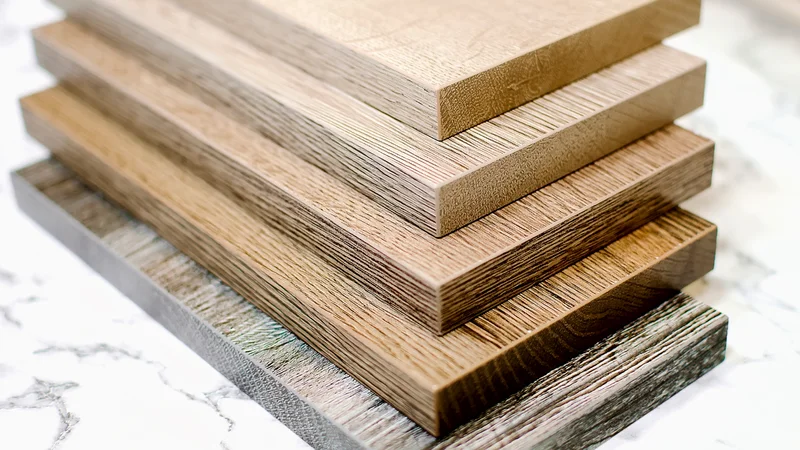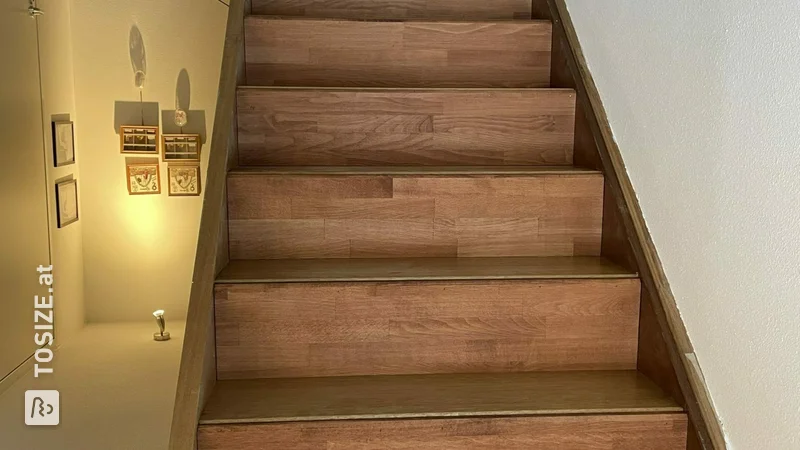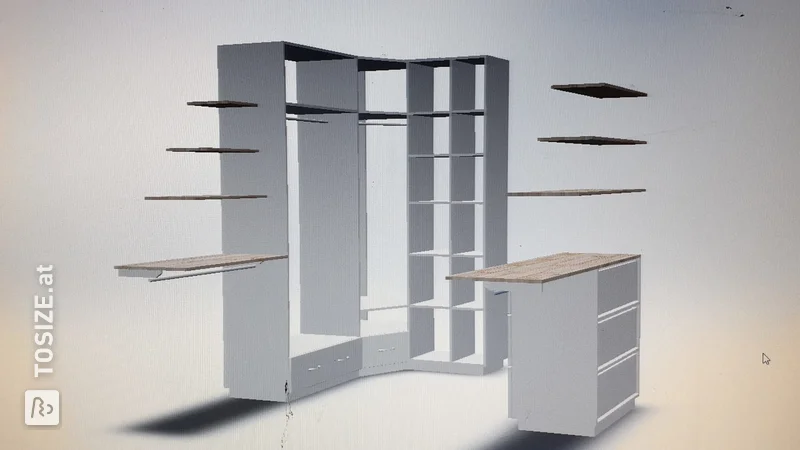DIY tips: super tight mitre sawing
You are making your own furniture or construction and now you want to make a mitre saw. How do you do that? And what tools do you need for that?
Sawing by hand
You can easily mitre slats by hand. You can use various tools for this. A miter box is perhaps the best known tool for this. But you can also easily make mitre cuts without a miter box. Use a tool to mark off the mitre. It is then important that you saw accurately. You can use a miter hook for this, but a handsaw also often has a handy angle in the handle, allowing you to mark and saw a slat with a miter very easily.

Mitre cuts with a crosscut saw or jigsaw
Do you have a lot of parts to mitre? For example skirting boards or floorboards? Then a crosscut saw can be the answer. This machine can almost always be set to a number of standard angles, allowing you to quickly and accurately cut to the right angle. Make sure that the saw can handle the width of the material. There are also jigsaws that can be set at a mitre. The disadvantage of a jigsaw is that it cuts quite coarsely, so it may take you longer to finish the sawn edge nicely.

Using a circular saw
If you want to saw longer lengths in a mitre (for example, the sides of sheet metal to make a cabinet), a mitre box or a crosscut saw will not be able to help you. The most convenient tools to use for this are a circular saw or a plunge-cut saw. These machines can often be set to different angles and have a guide or ruler, so that you can make perfect mitre cuts as well as straight cuts.
But how do you sign off?
When measuring for mitre sawing, you can easily make a mistake. How can you avoid that? For a skirting board or a batten, you can mark off the correct size and then draw a guide line so that you know in which direction the mitre will be made. You can then use a square to mark out the angle and saw the batten or skirting board in the correct direction. With board material, it is important to consider whether you should measure the outside dimensions or the inside dimensions. Usually, one works with the outside measurements, so that these are always correct in the final project. The inside measurements of a project are often less important. If you always measure the outer dimensions, you can consider in which direction the mitre will eventually be sawn, and you do not need to switch from outer to inner dimensions to avoid confusion.




























